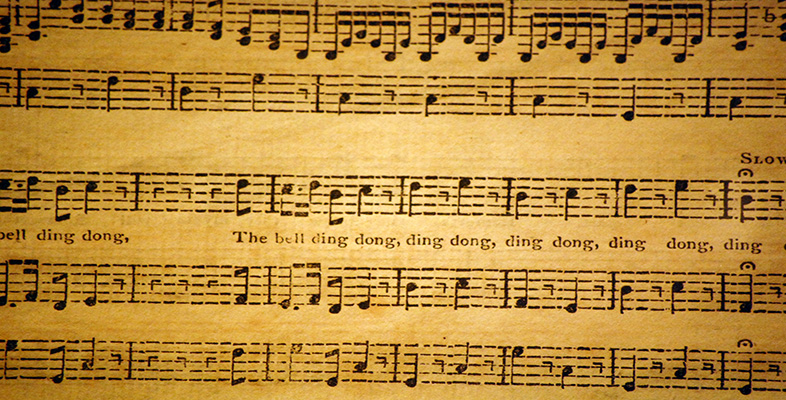1 Introduction: Mozart's piano sonatas
1.1 Overview of Mozart's sonatas
Mozart wrote nineteen compositions with the title ‘Sonata’ for the fortepiano, works spanning from his teenage years (the Sonata in C, K279, was written at the age of fifteen) to two years before his death (the Sonata in D, K576, dates from 1789). Although they are less frequently performed than the late piano concertos, they still form an impressive body of work. They are more homogeneous stylistically than the piano sonatas of Haydn and less radical structurally than those of Beethoven. Most of them are in three movements (whereas Haydn experimented freely with two-, three- and four-movement plans), with a first movement in what we now call ‘sonata form’, a slow movement, and a finale, often in rondo form. There are exceptions to this layout: for instance, the A major sonata, K331, is something of a curiosity. Its first movement is in variation form, and its second movement is a Minuet and Trio in place of a ‘true’ slow movement.
